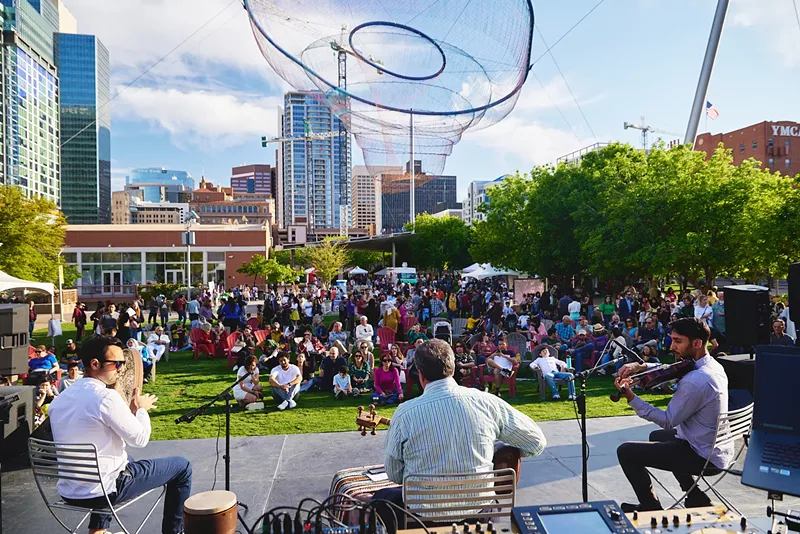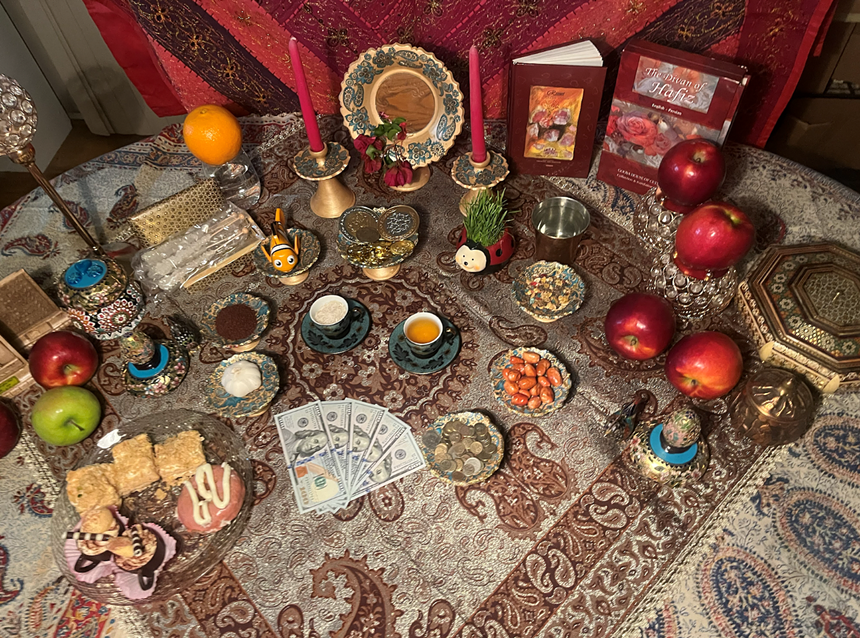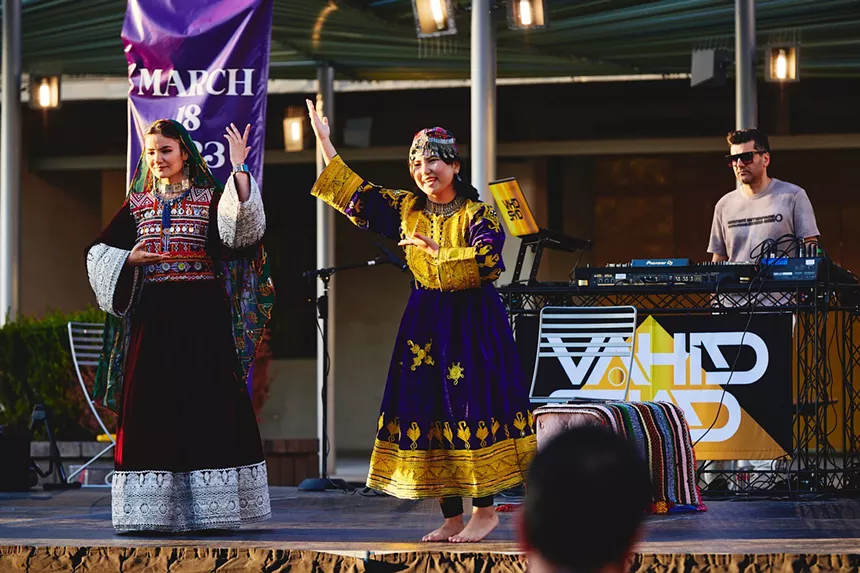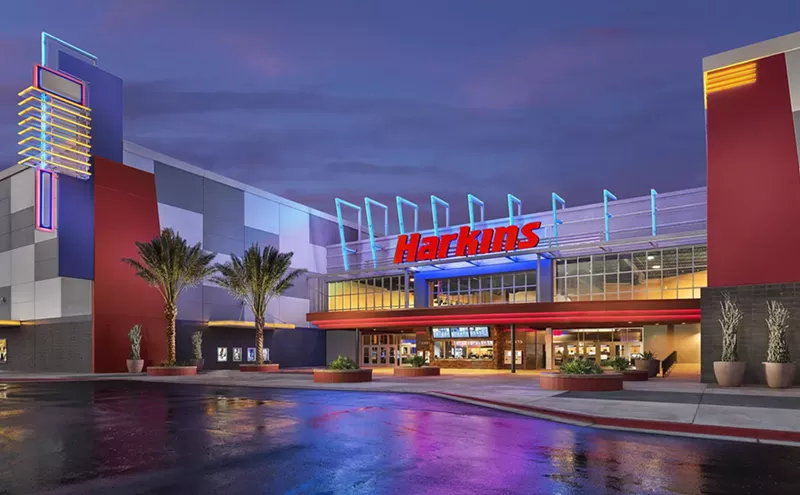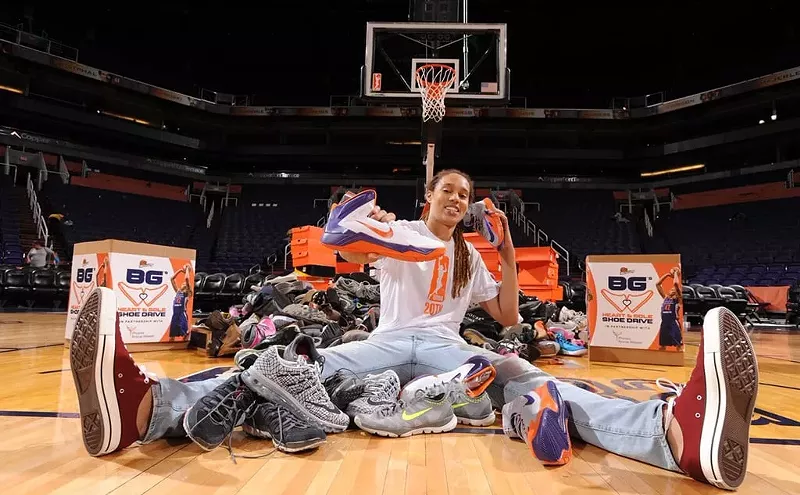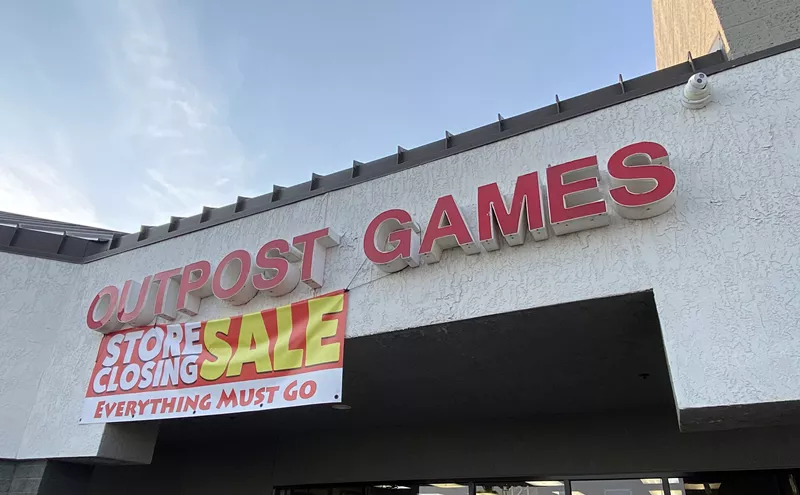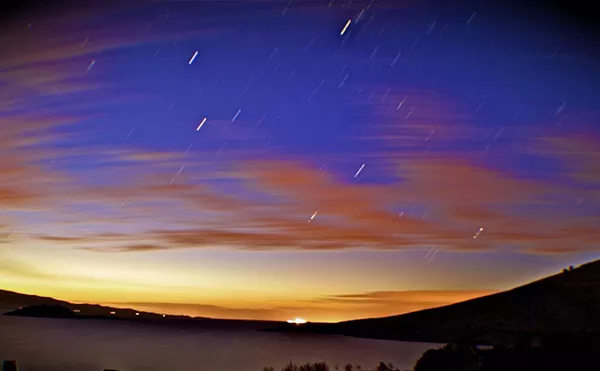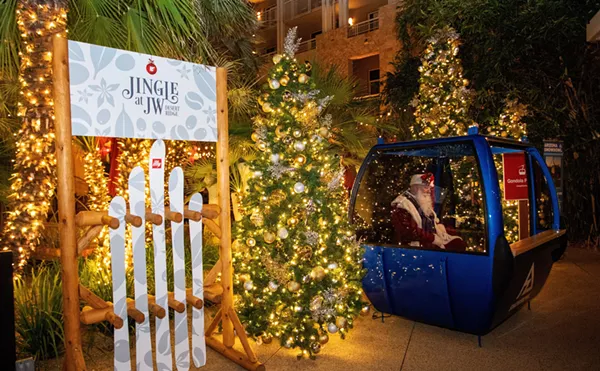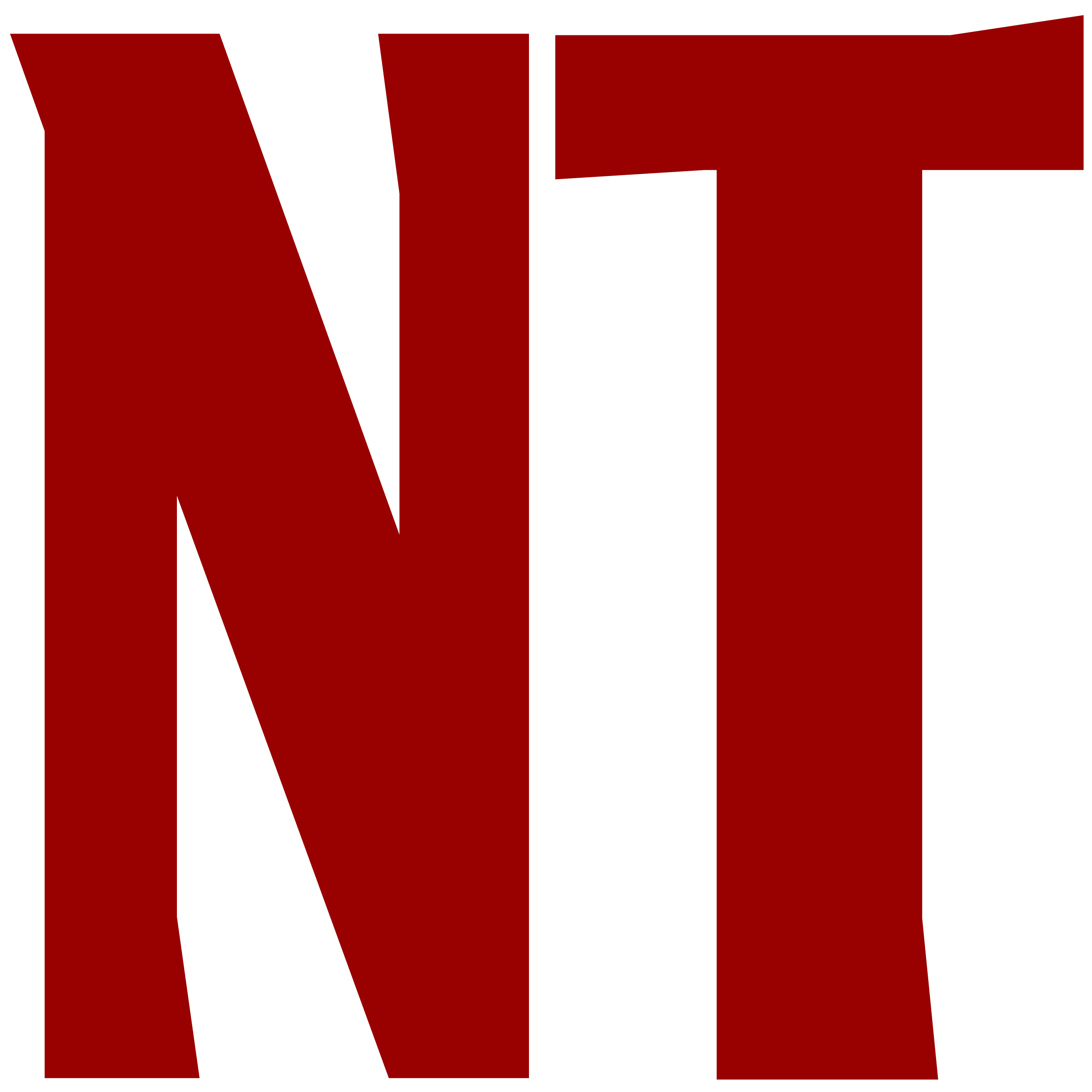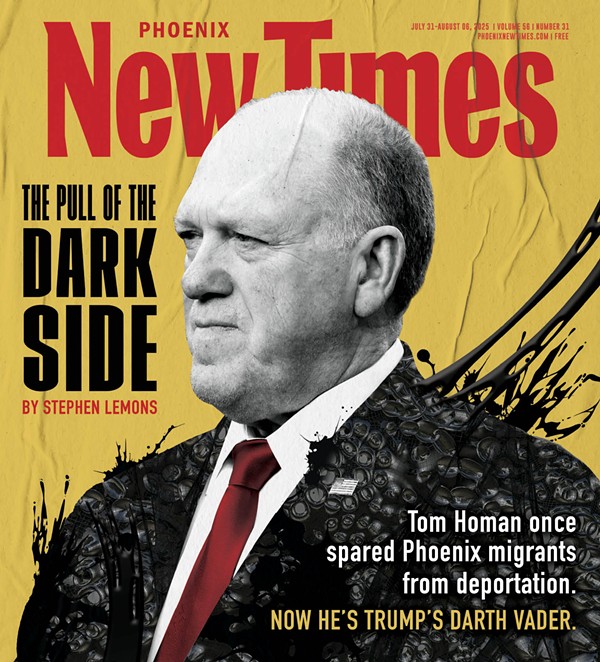Arizonans are invited to celebrate the arrival of spring alongside the Iranian community, welcoming the new year ahead with some traditional dances, vibrant music and an environment that feels reminiscent of the boisterous streets of Iran on Saturday, March 8, at Civic Space Park in Downtown Phoenix.
What is Nowruz?
Nowruz, otherwise known as the Persian New Year, is celebrated by over 300 million people across the globe. In Iran, Afghanistan, Syria, Tajikistan, India and many other countries, communities are preparing to welcome the new year by cleaning out their homes, getting rid of the old and getting ready to welcome the new.To welcome the new year, which falls on the first day of spring — this year on March 20 — families begin their traditional spring cleaning and make plans to visit friends and family. It’s a time of togetherness, celebration and renewal. The blossoming spring flowers symbolize the birth of a new year, full of new possibilities.
In Iran, the celebration is a 13-day festivity, with families dedicating the time to visiting relatives and exchanging gifts and sweets. On the 13th day of celebrations, Iranians observe Sizdah Bedar, or "13 Out," to mark the conclusion of the celebration. Families usually spend time outdoors, often enjoying a picnic and eating traditional Persian food, as a way of symbolically getting rid of any and all bad luck traditionally associated with the number 13.
On Nowruz day, elders will give the young children money and gifts and the children will receive a visit from Amo Nowruz, a mythical figure similar to Santa Claus, who leaves gifts on the Haft-Sin table for the children to open.
The Haft-Sin table (haft meaning seven and sin representing the letter "s") is composed of sabzeh, samanu, senjed, serkeh, seeb, seer and somaq — sprouts, sweets, fruit, vinegar, apple, garlic and sumac.
Each item represents something different. Sprouts symbolize rebirth and renewal; sweets symbolize abundance; senjed represents love; apples represent beauty and health; garlic wards off evil and promotes good health; vinegar symbolizes wisdom; and sumac represents a transition from darkness to light.
The items are arranged on the extravagant haft-sin table, surrounded by other items such as Hyacinth flowers, a goldfish (real or fake) to symbolize life, coins to symbolize a year of good fortune, elegant candle holders, dishes with Farsi calligraphy and other unique decorations that make each table truly distinctive. Some of these special items will be available for sale at the Nowruz festival, making it a one-stop shop for Iranians looking for last-minute delicacies and essentials.
On Nowruz day, elders will give the young children money and gifts and the children will receive a visit from Amo Nowruz, a mythical figure similar to Santa Claus, who leaves gifts on the Haft-Sin table for the children to open.
The Haft-Sin table (haft meaning seven and sin representing the letter "s") is composed of sabzeh, samanu, senjed, serkeh, seeb, seer and somaq — sprouts, sweets, fruit, vinegar, apple, garlic and sumac.
Each item represents something different. Sprouts symbolize rebirth and renewal; sweets symbolize abundance; senjed represents love; apples represent beauty and health; garlic wards off evil and promotes good health; vinegar symbolizes wisdom; and sumac represents a transition from darkness to light.
The items are arranged on the extravagant haft-sin table, surrounded by other items such as Hyacinth flowers, a goldfish (real or fake) to symbolize life, coins to symbolize a year of good fortune, elegant candle holders, dishes with Farsi calligraphy and other unique decorations that make each table truly distinctive. Some of these special items will be available for sale at the Nowruz festival, making it a one-stop shop for Iranians looking for last-minute delicacies and essentials.
The Phoenix event
The first Nowruz event in Downtown Phoenix was held in 2021, when now-Congresswoman Yassamin Ansari recognized the rise of hateful rhetoric against immigrant and refugee communities.After Phoenix became a new home for hundreds of Afghan refugees fleeing the Taliban, Ansari recognized a rise in hate against these vulnerable groups. Looking to celebrate their unique heritage and create a welcoming environment, and as the daughter of Iranian immigrants herself, Ansari felt compelled to organize this event in partnership with the International Rescue Committee (IRC), the Arizona Persian Cultural Center (AZPCC) and Downtown Phoenix Inc. (DPI).
“Providing an event to display the multicultural fabric of Phoenix and our diverse refugee and immigrant communities is extremely important to me. In the face of the extreme racism we were seeing from some of our local lawmakers toward them, we demonstrated our commitment to being a welcoming city and uplifting the culture,” Ansari says.
These refugees had a strong sense of community, but little cultural connection to Arizona besides each other. The Nowruz festival provided an opportunity to create a sense of camaraderie among the newly arrived Afghan refugees.
Today, many of these same women have built lives for themselves here in Phoenix and are now performers in the festival, participating in the fashion show wearing traditional Afghan clothing or performing traditional cultural dances for the crowd. While their families celebrate back home in Kabul, the event serves as a reminder that they are only separated by time and space, but united in culture.
Similarly, Arizona is home to an estimated 20,000 Iranians, many of whom are Bahá'í and have fled religious persecution in Iran. For these individuals, returning to Iran is not an option, and being continents away from home can make it difficult to feel connected. The Nowruz festival seeks to bridge that gap, allowing the Iranian community to experience a sense of home through the sounds of Iranian music, conversing in their native tongue of Farsi and relishing in the tastes of barbari bread — a delicacy common in Iran but rare in the U.S.
Iranians love their food and culture, and the Nowruz festival is ready to honor that. Food trucks offering a variety of Middle Eastern cuisines will be served at the event, including Persian food at Ava’s Bakery, Lebanese and Mediterranean dishes at Hummus Xpress, Greek specialties at Tzikii Food Truck and Syrian delicacies from Rodian’s Syrian Kitchen. To accommodate the Muslim community observing Ramadan, the festival will be held in the evening, allowing attendees to break their fast at the event.
Attendees will also hear DJ Reza, the featured entertainer, perform a live set of vibrant Iranian music. Plenty of vendors will be onsite,including Rabah Al-Hariri, a Syrian refugee who turned her passion for henna into a business. Children will be able to paint faces and bracelets, and egg decorating will be available — a beloved Iranian tradition, because eggs are also frequently placed on the haft-sin table, symbolizing fertility and renewal in the new year.
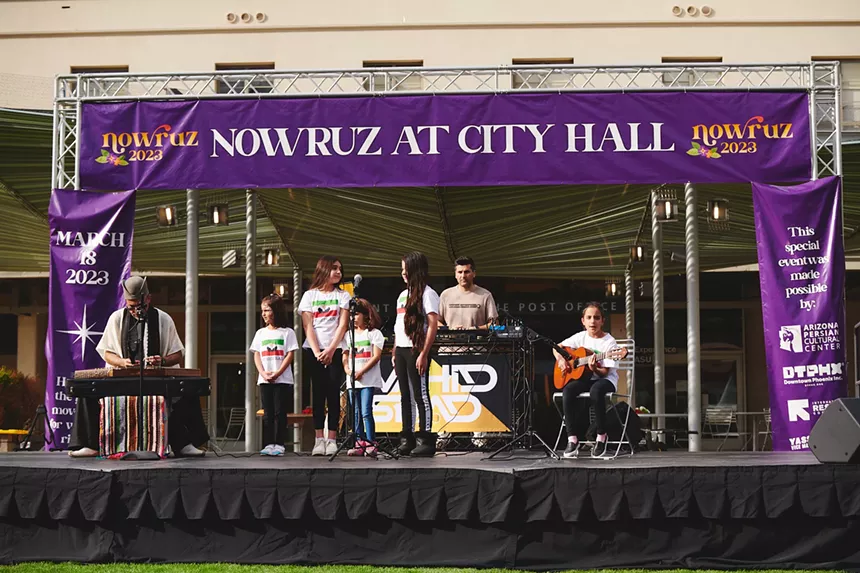
Children perform traditional Iranian songs and dances at the 2023 Nowruz festival in downtown Phoenix.
Nader Abushhab
Community resources will be available throughout the event, allowing folks the opportunity to learn more about nonprofits that offer services for the refugee community. Representatives from city, state and federal partners will also be present, ready to engage with attendees and share information about available resources.
Each year, the event draws in thousands of attendees. It is a wonderful opportunity to showcase resilience while also spotlighting these vital community resources.
Today, Ansari observes the increasing bigotry against refugee, immigrant and asylum-seeking communities at both the national and local level. With the rise of hateful rhetoric and threats of mass deportations, she believes that celebrating the resilience of these communities is more important than ever.
“This year, in the context of an extremely racist and hostile administration, it is even more important to show to these communities that we stand with them,” she says.
“This year, in the context of an extremely racist and hostile administration, it is even more important to show to these communities that we stand with them,” she says.
Nowruz Phoenix. 3 to 7 p.m. Saturday, March 8. Civic Space Park, 424 N. Central Ave. There is no cost to attend. Visit the Nowruz Phoenix website for details.

